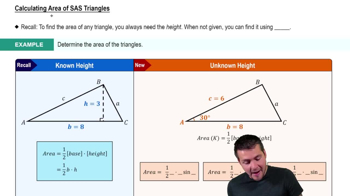Textbook Question
In Exercises 71–74, find the length of the arc on a circle of radius r intercepted by a central angle θ. Express arc length in terms of 𝜋. Then round your answer to two decimal places.Radius, r: 12 inchesCentral Angle, θ: θ = 45°
477
views






